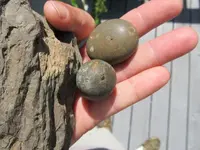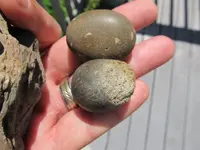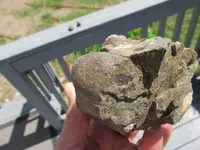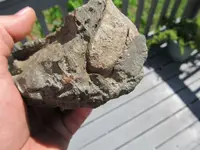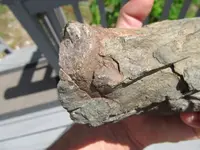romeo-1
Gold Member
- Joined
- Jul 29, 2005
- Messages
- 9,859
- Reaction score
- 7,118
- Golden Thread
- 3
- Location
- Romeotopia
- 🥇 Banner finds
- 3
- Primary Interest:
- All Treasure Hunting
I posted this on the Fossil forum but thought I would take advantage of the expertise of the What is It forum as well. Thoughts?
http://www.treasurenet.com/forums/fossils/294981-fossilized-egg.html#post2783172
http://www.treasurenet.com/forums/fossils/294981-fossilized-egg.html#post2783172




